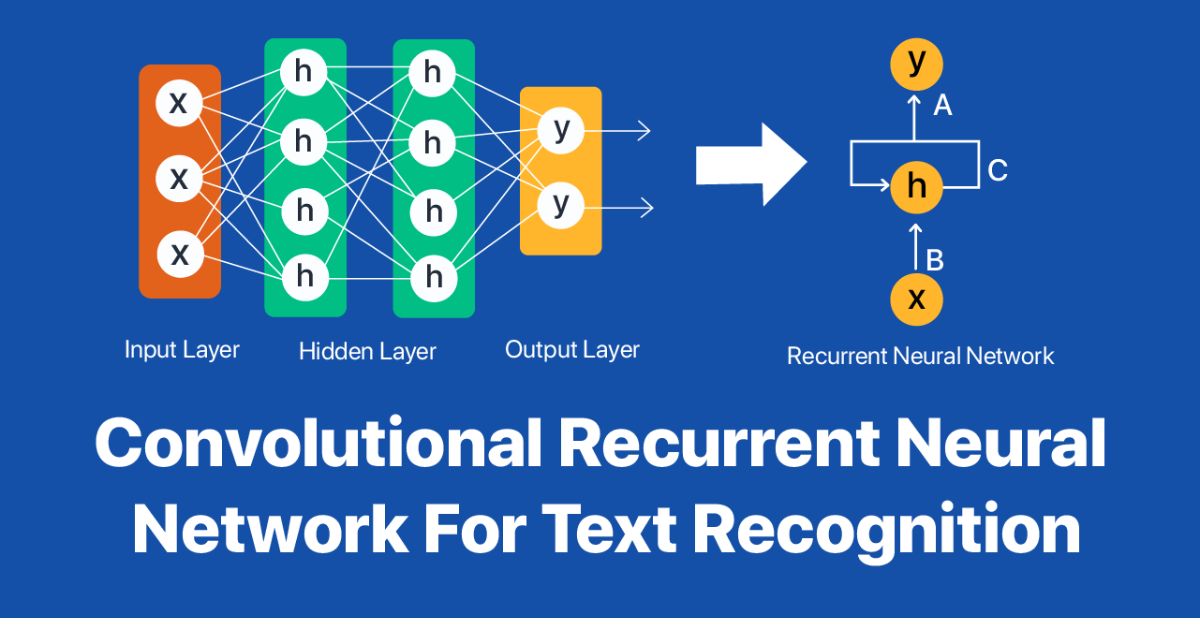JPEG, PNG, or WebP? Which Format Works Best After Compression?
October 24, 2025 · 5 min read • #image formats#JPEG#PNG#WebP#compression#SEO#Core Web Vitals#performance
In 2025, choosing the right image format is just as important as compressing it.
With formats like JPEG, PNG, and WebP dominating the web, understanding their strengths and tradeoffs can make or break your site’s performance — and your SEO.
🌐 Why Image Format Choice Matters
Your image format determines how efficiently data is stored and displayed.
Even with compression, the underlying format affects:
- File size
- Image clarity
- Browser compatibility
- Load speed
Optimizing your format selection can improve Core Web Vitals, lower bounce rates, and enhance your search engine rankings.
Related: Best Practices for Optimizing Images for Faster Website Loading
🧠 JPEG vs PNG vs WebP: A Quick Overview
| Format | Compression Type | Ideal Use | Pros | Cons |
|---|---|---|---|---|
| JPEG | Lossy | Photos, large visuals | Small file size, good quality | Loses detail with repeated saves |
| PNG | Lossless | Icons, graphics, transparency | High detail, crisp edges | Larger file size |
| WebP | Lossy/Lossless | Most web images | 25–35% smaller than JPEG, transparent support | Slightly slower to encode |
Each format serves a different purpose, but WebP combines the best of both worlds — smaller files with impressive visual quality.
⚙️ Understanding How Compression Impacts Each Format
When compressed properly, every format behaves differently.
Here’s what happens under the hood:
🔹 JPEG
JPEG uses lossy compression — meaning it removes fine details the human eye is unlikely to notice.
After compression:
- Images remain visually sharp but lose some microtexture
- Best for photography and non-transparent visuals
- Ideal compression range: 70–85%
🔹 PNG
PNG preserves every pixel of data.
After compression:
- Quality is identical to the original
- File size reduction is modest
- Ideal for logos, UI icons, or images requiring transparency
🔹 WebP
WebP is built on modern codecs and offers both lossy and lossless modes.
After compression:
- Files are 25–50% smaller than JPEG or PNG
- Quality remains high even at aggressive compression
- Supports transparency, animation, and metadata
Related: AI Compression Algorithms Explained: Smaller Files, Smarter Tech
🧩 WebP vs JPEG: Performance Test Insights
Recent benchmarks show that switching from JPEG to WebP can:
- Reduce image size by 35–40% on average
- Improve LCP (Largest Contentful Paint) by up to 25%
- Decrease Time to Interactive (TTI) by over 15%
For eCommerce and image-heavy websites, this translates to faster checkout times, better user retention, and higher conversion rates.
In short: WebP gives you smaller, faster-loading, SEO-friendly images.
🔍 PNG vs WebP: When Lossless Matters
While WebP is the modern standard, PNG still has its place.
Use PNG when:
- You need pixel-perfect quality (logos, product mockups, design assets)
- Transparency and sharp edges are critical
- File size is less of a concern
Use WebP when:
- You’re optimizing for page speed and SEO
- Quality loss is negligible to the human eye
- You want to reduce hosting and bandwidth costs
In most scenarios, converting PNGs to WebP delivers massive performance gains with no visible quality change.
🧠 Pro Tip: Use AI Tools for Format Detection and Conversion
AI-powered tools like our Image Compressor Tool can automatically:
- Detect the best format (WebP or AVIF)
- Compress intelligently without pixelation
- Maintain full color accuracy
- Process all files client-side, ensuring privacy
With AI, you don’t have to manually guess which format works best — it decides based on image type and content.
Related: Top Benefits of Using Online Image Compressors for Web Performance
🚀 SEO and Core Web Vitals Impact
Format choice and compression directly affect:
- PageSpeed Insights score
- Core Web Vitals (LCP, INP, CLS)
- Crawl efficiency
- Mobile experience
WebP images are natively supported by nearly all browsers, making them the best choice for modern SEO strategies.
Combined with compression and lazy loading, they deliver optimal performance across all devices.
🔒 Privacy and Efficiency
Our Image Compressor Tool operates entirely in-browser — no data leaves your device.
You can convert and compress images to WebP, PNG, or AVIF instantly without risking privacy or speed.
Highlights:
- No uploads
- No tracking
- Instant results
This makes it ideal for businesses, freelancers, and agencies managing sensitive or client-based content.
🧰 Try It Yourself
Optimize your visuals today using AI-driven, privacy-safe tools:
- Image Compressor Tool — compress & convert images instantly
- AI Image-to-Text Tool — extract readable text from visuals
- AI Background Remover — clean and prepare assets in seconds
All tools are free, browser-based, and 100% private.
💡 Final Thoughts
So, JPEG, PNG, or WebP?
For most modern websites, WebP wins — combining compression efficiency, high quality, and broad compatibility.
JPEG remains a strong option for traditional photography, and PNG is best for crisp graphics and transparency.
But if you want to boost your SEO, performance, and user experience, WebP is your go-to format for 2025 and beyond.
Enjoyed this post? React below 👇
Related Posts

AI Compression Algorithms Explained: Smaller Files, Smarter Tech
Explore how AI compression algorithms are transforming data storage, image optimization, and network performance in 2025 — delivering smaller files, faster speeds, and smarter efficiency for the digital world.

AI vs Traditional Algorithms: Who Wins in Image Optimization?
Explore the differences between AI-based and traditional image optimization methods. Learn how deep learning, neural compression, and smart encoding outperform legacy algorithms like JPEG and PNG in 2025.

Behind the Scenes: How Compression Algorithms Work in 2025
Explore how modern compression algorithms work in 2025 — from neural encoding and predictive analysis to adaptive quality control. Learn how AI and traditional models combine for faster, smarter image optimization.
Frequently Asked Questions
Which image format is best after compression?
WebP is generally the best choice after compression because it offers superior file size reduction while maintaining excellent quality and browser compatibility.
Should I still use JPEG or PNG in 2025?
JPEG is still good for high-quality photographs, while PNG remains ideal for graphics and transparency. However, WebP outperforms both for most modern web use cases.
Does using WebP improve SEO?
Yes. WebP images load faster, improving Core Web Vitals — which directly boosts your SEO rankings.
Can I convert JPEG or PNG to WebP safely?
Yes. Use the [Image Compressor Tool](/image-compressor) to convert and compress images to WebP instantly in your browser without losing quality.
What about AVIF — is it better than WebP?
AVIF can achieve even smaller file sizes than WebP, but its browser support is still expanding. WebP remains the most reliable choice for now.